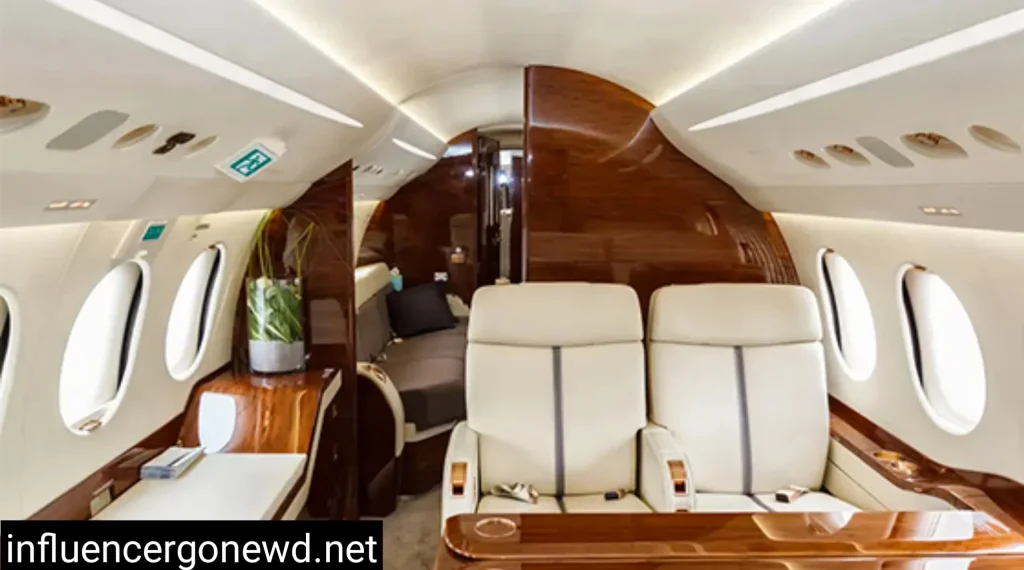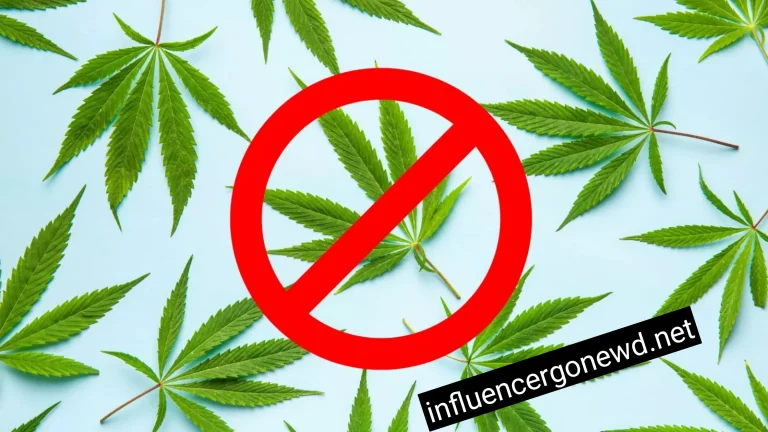Shocking Influencer Lies: Fake Luxury Lifestyles Exposed
Social media fake luxury lifestyle influencers live off the reputation of being successful, rich, and glamorous, and tend to demonstrate their luxurious lifestyle full of exotic cars, private jets, and designer items. But as more and more expos have shown, much of this luxuriousness is a well-manufactured facade, constructed using rented sets and props. Influencers are misleading their followers into thinking that they are living a lifestyle of unrealistic prosperity by renting Lamborghinis on a day-to-day basis, posing in fake private jet studios, etc. This article reveals the strategies behind the counterfeiting of luxury, the moral concerns, and the way fans can identify the lies.
The Illusion of Wealth: How it is done
Fake luxury lifestyle influencer use social media networks such as Instagram and TikTok to create an image of wealth, yet most of them cannot afford the lifestyles they display. In order to fill this gap, they resort to creative workarounds, which give the impression of wealth at no real expense. These are some of the most popular tactics:

1. Luxury Cars Rental
Lamborghinis, Ferraris, and Rolls-Royces are the cars of influencers, the vehicles that represent wealth and status. Nonetheless, purchasing these vehicles, which may cost more than 200,000 dollars, is usually unaffordable. Rather, influencers rent them out to the tune of 99-1,550 dollars a day, using services such as Turo or Dynasty Luxury Rentals. As an illustration, it is possible to rent a Lamborghini Huracan in such large cities as Los Angeles or Miami to make a video or a photo post on Instagram in just within several hours. With these rentals, influencers can take photos in front of supercars and give the impression of owning them without spending money.
2. Living False Lives of Private Jets
Photoshoots on private jets are part of the fake luxury lifestyle influencer culture, where people can be seen drinking champagne in the sky at an altitude of 40,000 feet. However, a good number of these scenes are filmed in studios that resemble the interior of jets. The set of the FD Photo Studio in Los Angeles, which can be rented out at a rate of $64 an hour, has white leather seats, mahogany paneling, and fake window lights to create a private jet. Fake luxury lifestyle Influencers such as Kennedy Cymone or The 7 Angels have been caught using this set to pose as jet setters.
Others go to fixed-base operators (FBOs) such as Signature Flight Support, where they can pay $35 to have photos taken in parked jets. Such staged shoots deceive the followers into thinking that influencers often fly in chartered planes, yet the majority of them fly in economy seats.
3. Hiring Designer Clothes and Accessories
Instead of owning the designer clothes of Chanel or Louis Vuitton, it is common to borrow or rent them out to be used in photoshoots. Influencers rent out designer attire at a rate as low as 50-100 dollars a day using the service, labeling brands as part of the marketing credit, all the while appearing to be affluent. Others will even buy fake luxury goods such as fake Rolexes or handbags, which are less noticeable upon photography. This habit contributes to the dupe culture, where the knockoffs are romanticized, and it is challenging to distinguish between the authenticity and the fake.
4. Theatric Mansions and Holiday Houses
Expensive houses and holiday homes that appear in the work of influencers are frequently leased on a short-term basis. Services such as Peerspace enable influencers to rent multimillion-dollar homes at a rate of 90-200 dollars an hour to shoot their material and make it look like they live there. TikTok celebrity Simply Nessa said that there are influencers who rent such places weekly to keep up the appearance of a fake luxury lifestyle, even though they live simply off-camera.
5. Purchasing Followers and Participation
So as to increase their perceived power, a lot buy fake followers or bots to improve their social media statistics. In Los Angeles, where 20,000-30,000 followers is an average, some influencers purchase followers to pass the casting calls or to be able to attract brand deals. This is fake inflation that boosts their authenticity; their fake luxury lives seem more real.
Luxury Lies on a High Profile
1. Los Angeles Fake Jet Studio Exposure
Twitter user @maisonmeIissa revealed a cohort of TikTok and Instagram stars, including Kennedy Cymone (1.6 million followers) and The 7 Angels (274,000 followers), who had faked their way into a Los Angeles FD Photo Studio fake private jet in September 2020. Comparisons made side by side showed that they had the same backgrounds in their posts, and this broke the illusion of their jet-setting lives. The confession, coupled with other remarks, such a that is not even a real jet, led to a wide debate on the authenticity of influencer material.
2. Money Laundering Scheme of Ramon Abbas Ramon (Hushpuppi)
Nigerian Internet celebrity Ramon Abbas, or Ray Hushpuppi, posted pictures of his luxurious cars and private jets on Instagram and gained millions of followers. In 2022, he was handed an 11-year prison term for a multimillion-dollar money laundering scheme that involved American and foreign companies. He used his luxurious posts, rented Lamborghinis, and posed jet photos as part of the front to attract victims. The case of Abbas illustrates the ability of fake luxury displays to conceal criminal activity.
3. The Fake Jet Stunt of Malaysian Influencers
In 2023, one TikTok user revealed how Malaysian influencers impersonated financial analysts and rented a mock studio of a private jet to shoot advertisement campaigns. They were shown in clips flashing money and getting into a parked jet to give the impression to their followers that they are wealthy. This trend was satirized in a parody video by the influencer Stevie Emerson, who referred to the studio as the Cloud Chasers to emphasize the clout-chasing culture.
4. The Counterfeit Scam of the Sydney Crime Syndicate
In June 2025, a crime syndicate in Sydney selling $9.7 million in fake luxury goods, such as fake designer clothes and watches, was dismantled by New South Wales Police, advertised on social media. The group drove rented luxury vehicles, such as Lamborghinis and Porsches, to boost their image of wealth. The fact that nine luxury cars and 270,000 dollars in cash were seized was an indication of the extent of the fraud.
Social and Ethical Implications
Impersonating fake luxury lifestyles has far-reaching ramifications. To the followers, especially the younger viewers, these illusions generate unrealistic expectations, which make them feel inadequate or the urge to spend more than their means to live like the influencers. X postings are evidence of frustration by citizens, and one user, @LifeSuccess_4U, wrote, “True wealth does not need to shout.” It develops in silence. Don t be a sucker to the glitzy con.” Normalization of so-called dupe culture also threatens to fashion the glamour of fake products, which in turn promote the unethical markets at the expense of legitimate businesses.
In the case of influencers, there is a vicious circle of being in debt or acting immorally to support the illusion. The society may compel some individuals to commit scams to be able to make it, as portrayed in the example of Abbas. Also, the brands are getting cautious, and some hotels are charging influencers to shoot in them to reduce exploitation.
The Fake Luxury Lifestyle and How to Avoid Them
By:
- Consistency: Find repetitive backgrounds or props between posts, such as the same jet interior or dashboard.
- Doubt Authenticity: Be suspicious of over-curated lives, particularly those of lower-profile influencers.
- Checking Sources: Check brands or services that are advertised by influencers to make sure they are real.
- Lookout Disclosures: Authentic influencers will reveal rentals or sponsorships using “ad” or “sponsored.”
- Reporting Deception: Report the content that you suspect to the platforms or the FTC.
FAQS
Conclusion
The Lamborghini rental and phony jet images show a darker aspect of influencer life, in which image is usually more important than reality. Although such stunts can increase the level of engagement, they undermine trust and reinforce negative stereotypes about money and prosperity. With more and more exposures being made about these luxury lies, authenticity should become a priority both to the influencer and to the follower. Through transparency and critical thinking, we will be able to develop a digital space that appreciates authentic inspiration rather than artificial glamour.





